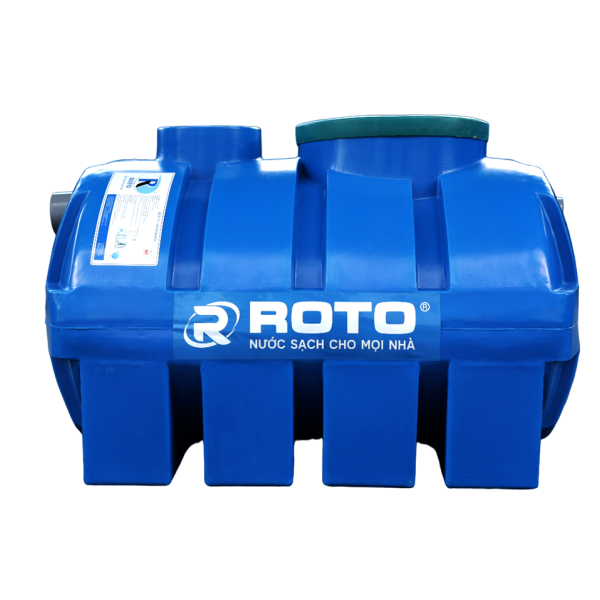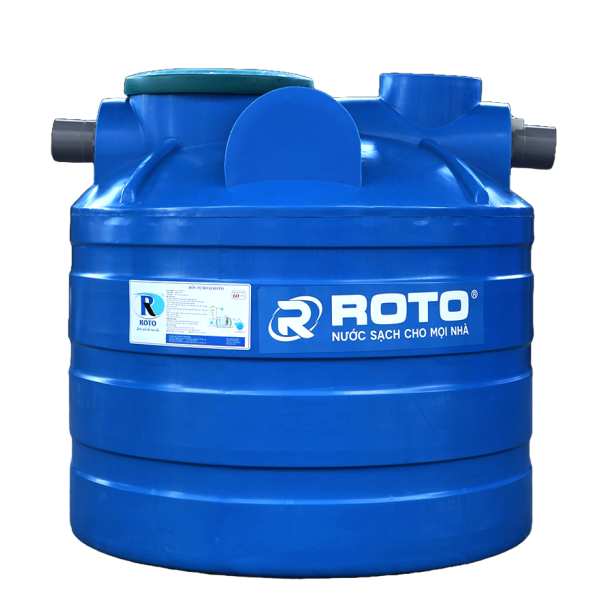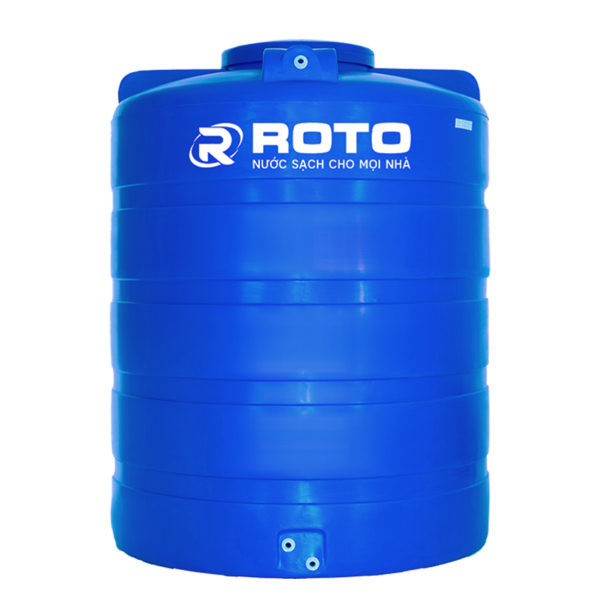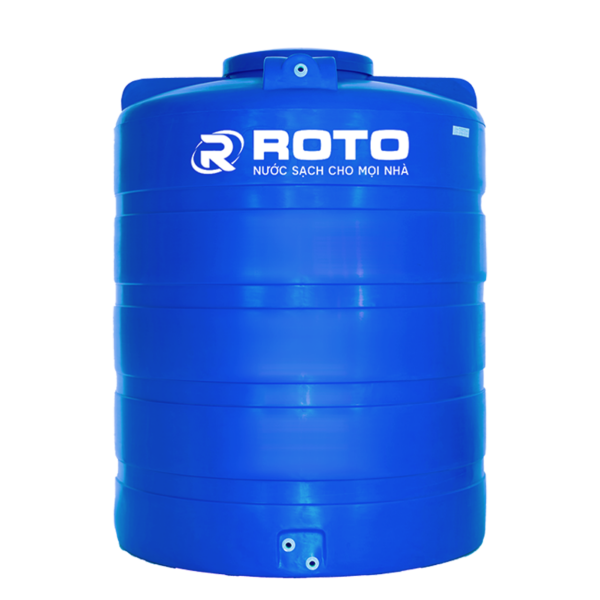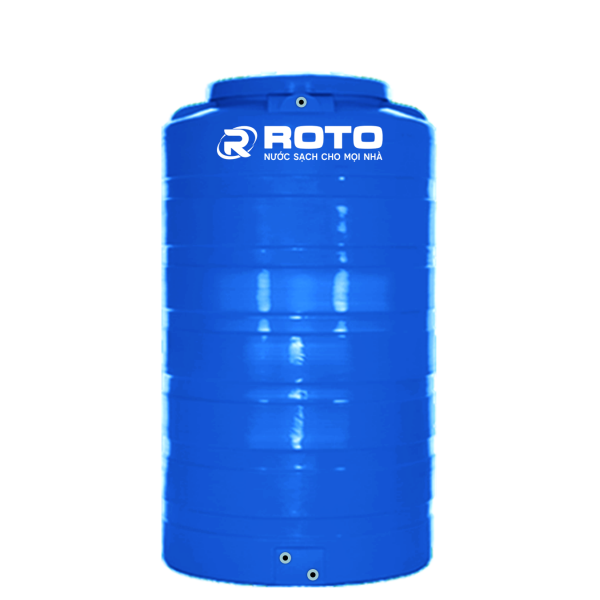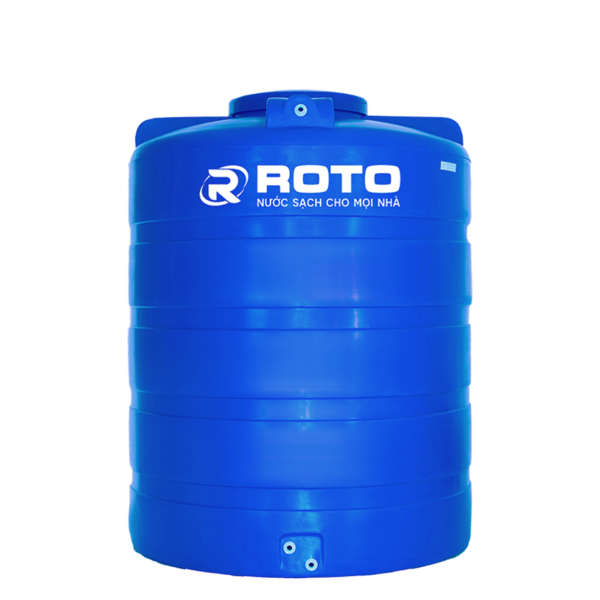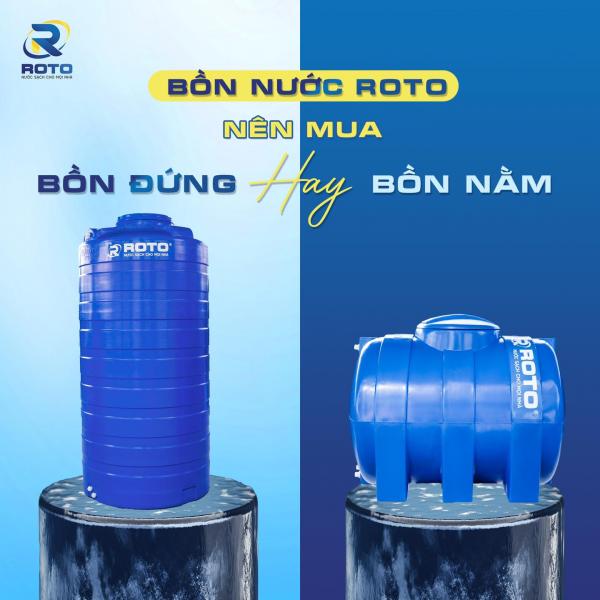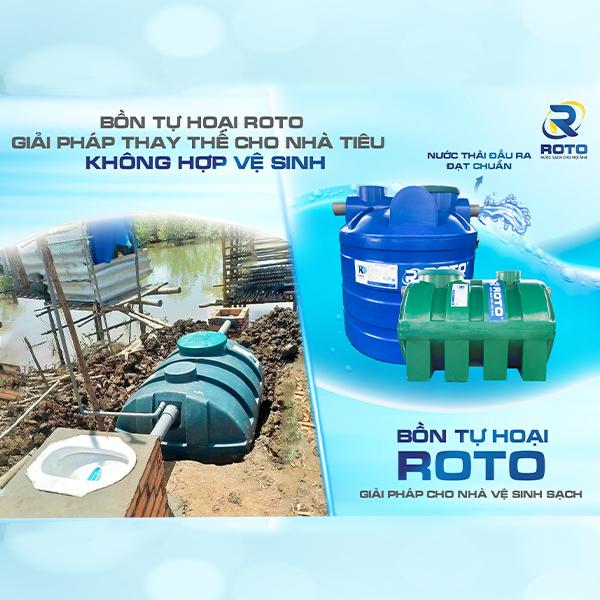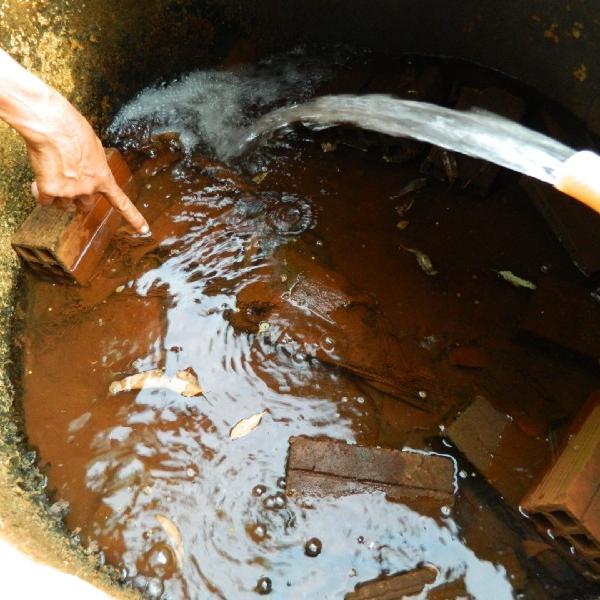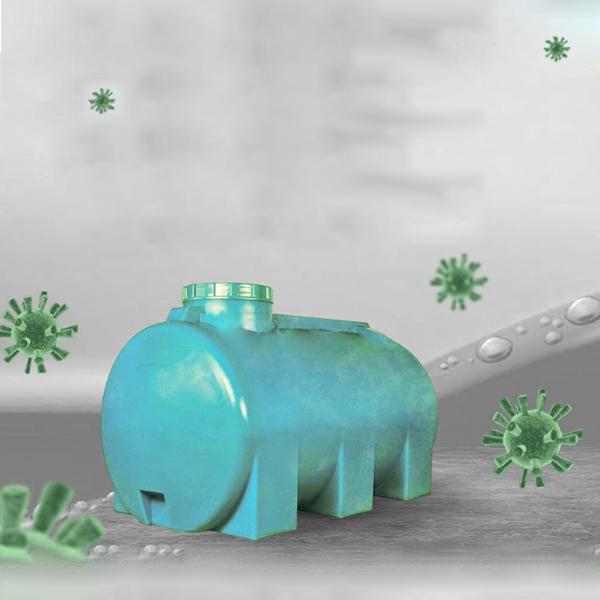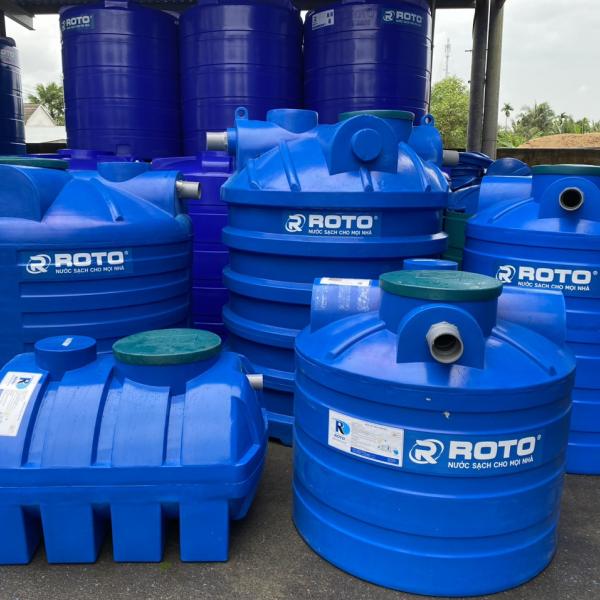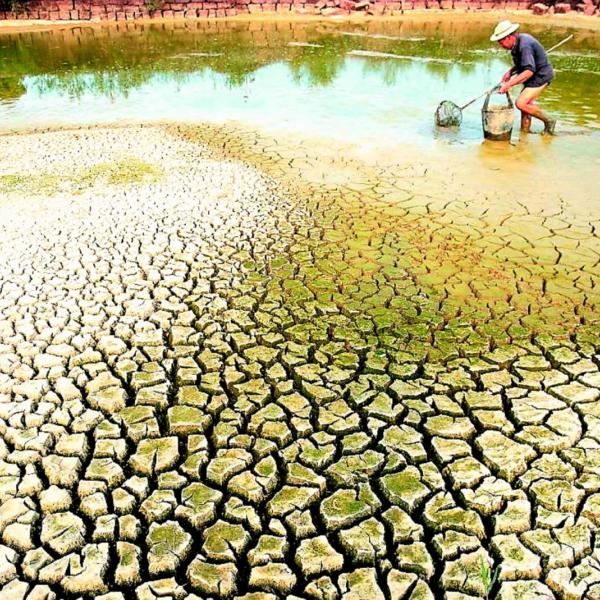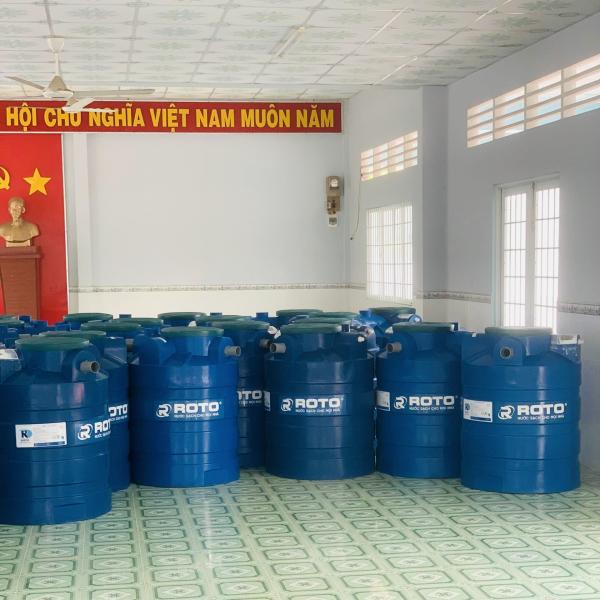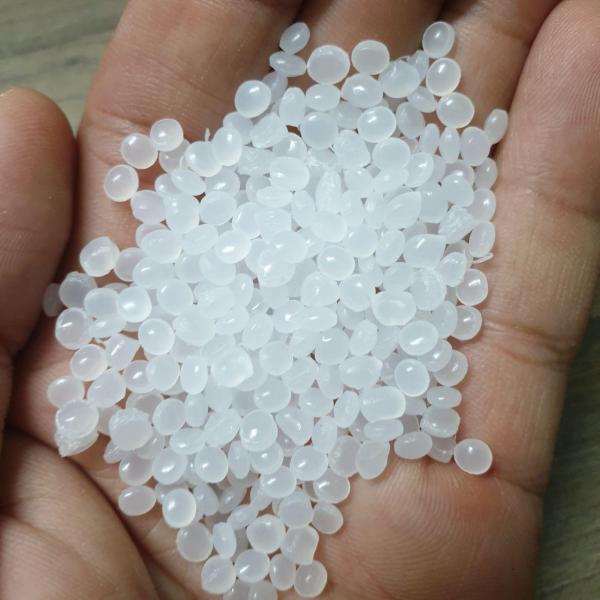What is PP plastic?
PP plastic stands for Polypropylene, is a polymer with very high mechanical strength, is the product of the polymerization of propylene. PP is a primary plastic with the characteristics to identify the outside that is transparent white, colorless, odorless, tasteless. When manufacturing, plastic beads will often be mixed with coloring particles to create products with more eye-catching colors.
In addition, they are highly waterproof, not easily oxidized or affected by air, steam or some types of grease.
In English PP plastic is written as Polypropylene Plastic!
.jpg)
1. What is the molecular structure of PP plastic?
Polypropylene (PP) plastic is a rigid thermoplastic manufactured from the monomer propene (or propylene). Primary plastic has the chemical formula (C3H6)n. PP is one of the cheapest hydrocarbon resins available today.
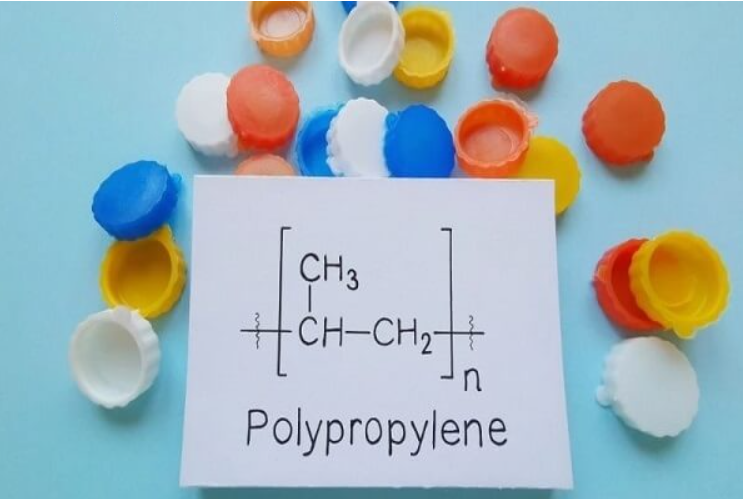
2. Physical properties
– PP plastic has elasticity, toughness, resistance to deformation, extremely good electrical insulation. Transparent PP, high surface gloss for high printability, clear print. Has poor adhesion, can be machined by methods commonly used for plastics
– PP has a crystallinity of about 70%, colorless, semi-transparent. During the processing process, many amorphous phases can be created and the product is transparent like BOPP film. The melting point of PP is from 160oC-180oC. If there is no external force, the primary plastic can keep the 3D state at a temperature of 150oC. Elastic modulus 1.5–2 GPa, shrinkage coefficient: 1-3%
What temperature can PP plastic withstand? Primary plastics have the highest heat resistance of all plastics, they are able to withstand temperatures from 130°C - 170°C. Besides, the plastic is quite hard, not as flexible as PE plastic, not stretched, so it can be made into fibers. However, plastic is likely to tear easily if there is a small cut or hole.
This plastic when burned will have a light blue flame, a flexible flow and an odor almost like rubber.
3. Chemical properties
– At normal temperature, PP is insoluble in solvents, but only swells in aromatic or chloride carbide. At temperatures above 80°C, PP begins to dissolve in these two solvents. This substance is almost insoluble in vegetable oils. It has the property of repelling O2, steam, grease and other gases, so it is often used as a food wrap.
PP is colorless, odorless, tasteless, and non-toxic. PP burns brightly with a light green flame, has a flexible flow, and has a burning smell similar to that of rubber. Chemical resistance. Polymers with large crystallinity will be larger than polymers with small crystallinity. In fact, PP does not absorb water, the hygroscopic level is less than 0.01%.
What are the characteristics of PP plastic?
Here are some important characteristics of this plastic:
1. Advantages
High heat resistance
.jpg)
In terms of heat resistance, PP has a higher heat resistance limit than many other plastics. Their heat resistance can reach more than 100°C. However, the heat resistance time of this plastic is also limited. You should be careful when using it to ensure absolute health.
Has high waterproofing and oxidation resistance
Their outstanding feature is their resistance to O2, steam, grease and some other gases. Thanks to this advantage, PP plastic is widely used in the production of packaging for food.

High gloss
This type of plastic has a high gloss, which helps to bring high aesthetics to the products created from them.
2. Disadvantages
Aging quickly if left outdoors for too long
If you leave products made from PP plastic in the environment for a long time, it is easy to lead to cracking and damage. Therefore, to ensure the most durable use, should avoid frequent exposure to the weather outside.
Easily brittle, cracking into pieces at low temperatures
The structure of primary plastic is very easy to be broken or completely broken by the low temperature environment. Therefore, when using should pay attention to limit to places where the temperature is too low. Especially when storing food in the refrigerator.
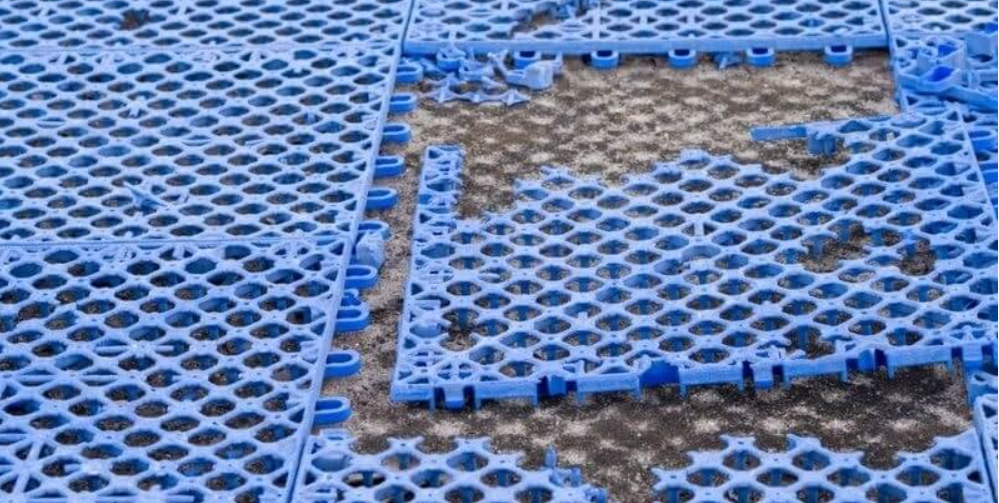
3. Is PP plastic safe?
Is PP plastic toxic?
This is one of the types of plastic that is considered safe and highly applicable in daily life. They are also used to preserve food and utensils directly related to human health. However, when using products made from PP to rotate in the microwave, it should only be rotated for 2-3 minutes, not for too long.
To compare PP with other plastics such as PET, PE or PVC, the safety of PP is superior.
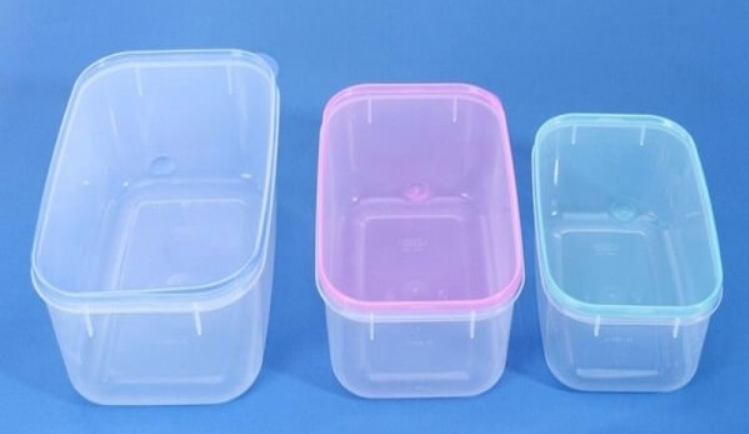
Is PP plastic good?
As a plastic recommended by experts because of its high heat resistance and chemical inertness, it is safe for human health. So for the question "is PP good?" Then the answer is Yes. PP is an environmentally friendly material, safe for users.
Can PP plastic be reused?
PP plastic is usually transparent in color, can hold water for a long time without causing toxicity. This plastic is completely reusable.
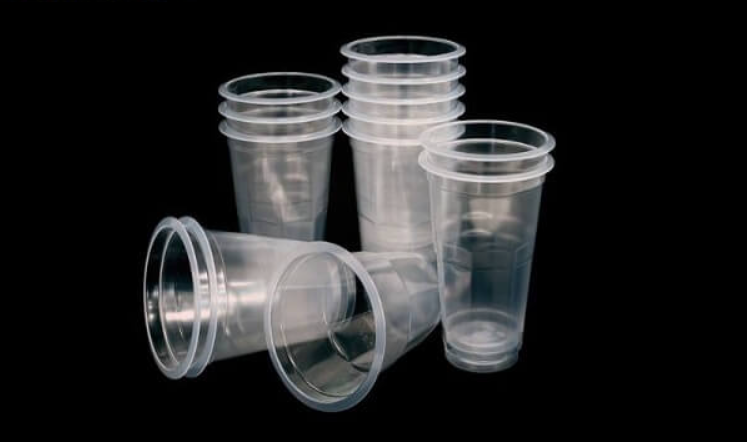
PP plastic classification
PP plastic is very commonly used in todays life. They are classified into some of the following forms:
1. Waste plastic form
PP plastic has the ability to recycle from used plastics at low cost.
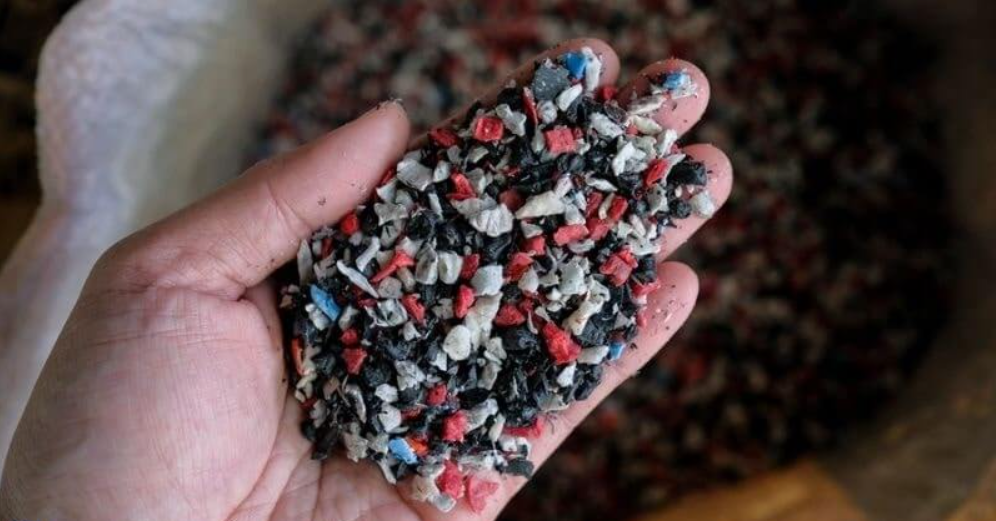
2. Primary PP plastic granules
Primary PP plastic beads are produced from petroleum, are not doped, do not add additives, purity up to 99%. After going through the production process, people will add colorants to make the packaging, labels, and products more colorful.

3. PP . recycled plastic pellets
This is old plastic that is recycled into other types of plastic products. They are collected, sorted and recycled separately according to each production process. The basic manufacturing and manufacturing process will include woven and pressed supply plastic. Compared with primary PP plastic, PP recycled plastic pellets are much cheaper but the quality of use is not inferior.

What is the application of PP material in life?
Thanks to many outstanding advantages, along with safety, PP is widely used in todays life. Some popular PP applications:
1. Making household items, food packaging
Thanks to their high safety, they are applied to the production of household items such as trays, plastic bottles, water bottles, plastic cups and food packaging to help limit oxidation. Some products made from PP have high heat resistance, so they can be kept in the microwave for a certain period of time.
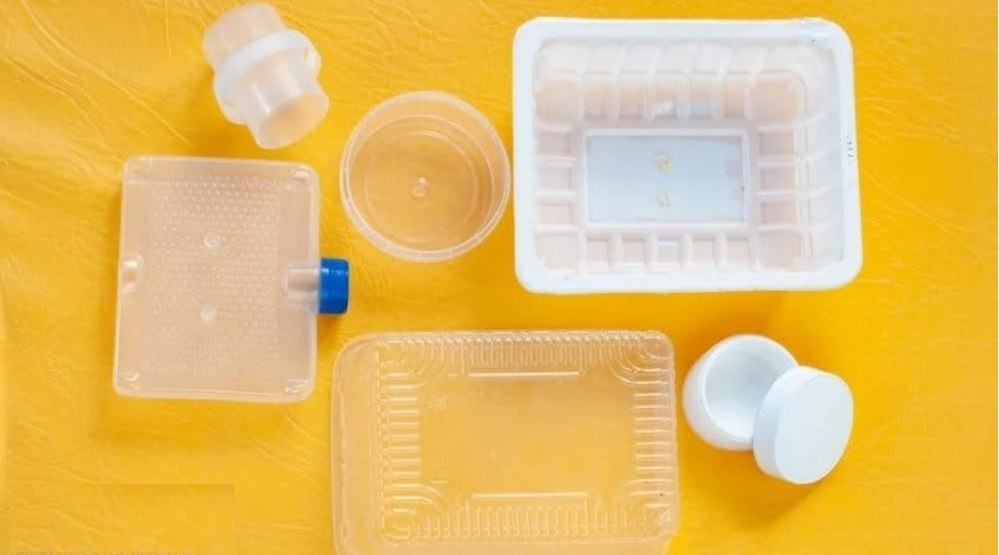
2. Making baby bottles
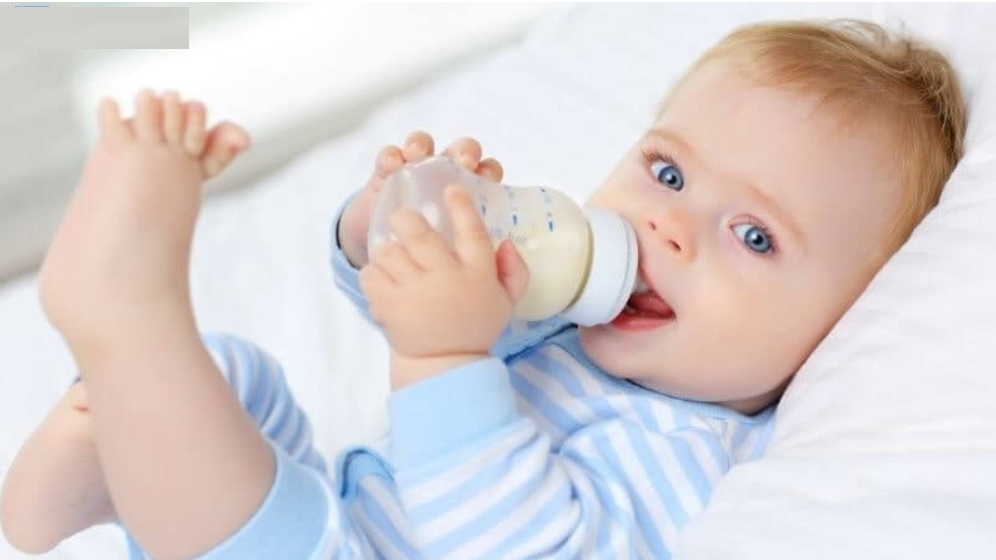
This is a product that needs to put the element of absolute safety first. Therefore, using this plastic material for production is also an effective solution. Because, they are considered safe ingredients for the health of children.
3. Application in building materials
PP is used as a reinforcing material for residential architecture or construction. PP sheets are used for external cladding. Helps to increase heat resistance, limit heat in architectural works. In addition, they are also used to create products such as plastic tables and chairs, plastic containers, plastic pipes, imitation wood plastic floors ...
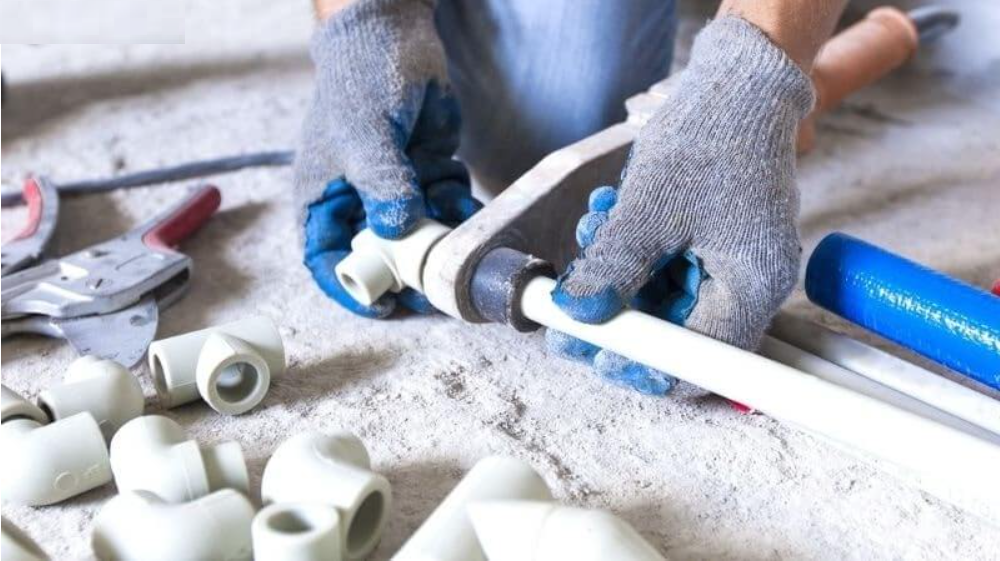
Article source: Collected


